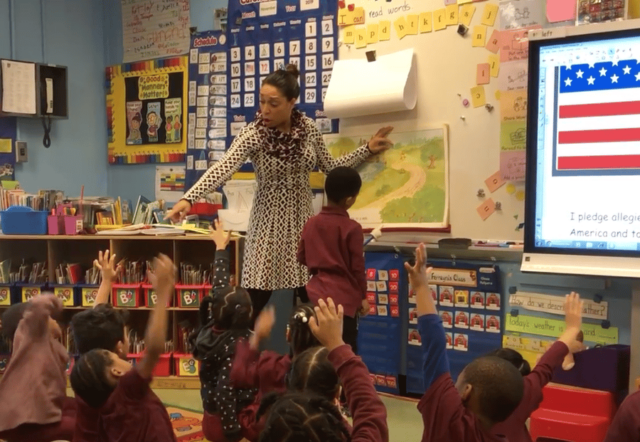What does it mean to provide equitable literacy instruction? It means seeing EVERY and ALL students as worthy… worthy of receiving the highest quality teaching that is the result of being adequately planned, prepared, and energized from the moment you step in front of any child. Below are a set of questions that educators should use when planning and vetting for equitable instruction.
Adequately Planned – To decide on and arrange in advance.
- Who are your students?
- What skills do they possess?
- What data points and evidence do you have that illuminate the skills they need?
- Which skills will be of focus? Why?
- How will you name and teach said skills?
- What will you do if/when students don’t “get it”?
- What materials are you putting in front of students?
- In what ways do the materials reflect the students in your classroom and our world?
- Do the materials provide adequate, consistent, and continuous practice of said skills?
- Are there any materials that are required to anchor student learning and/or reinforce concepts?
- What changes are needed for the instructional environment?
- What concepts/skills/ experiences are evident which vary from my personal experience?
- How will I address these concepts/skills/ experiences for myself and students?
- Where does my lesson differentiate and why?
- Where are opportunities for feedback and celebration of student thinking/work?
- What will students be required to do?
- How will they show their learning?
Adequately Prepared – Made ready for use; ready to do or deal with something.
- What changes have been made to the instructional environment and why?
- What resources have you tapped into, building your knowledge, ensuring appropriate teaching of skills, and honoring each child?
- Who, how, and when have you practiced your instructional delivery?
- What does instruction look like, sound like, and feel like?
- Are all instructional materials ready and accessible for teacher and students?
- What and where are additional instructional materials?
- How will you handle student behaviors proactively and reactively?
- What support is in place to help students?
Energized? – In physics, energy is the quantitative property that must be transferred to a body or physical system to perform work on the body, or to heat it. Energy is a conserved quantity; the law of conservation of energy states that energy can be converted in form, but not created or destroyed. In more simplistic terms, energy is the ability to do work.
- What work have you put in?
- What will “work” look like when students are in front of you?
- How will you “do the work” for all students?
- How will “the work” look, sound, and feel differently for students and why?
- Where does your energy come from?
- How will you transfer your energy to students?
In the end, equitable instruction of any kind, especially during literacy instruction starts with educators understanding and knowing their students, their needs, and personal shortcomings. That way, educators can ensure that their planning, preparation, and energy are all in service of growing – growing ourselves for the children and families we serve. If WE don’t get…. Then WE/They won’t get…. And that is unacceptable.
Learn more about the literacy coaching support Teaching Matters provides.
